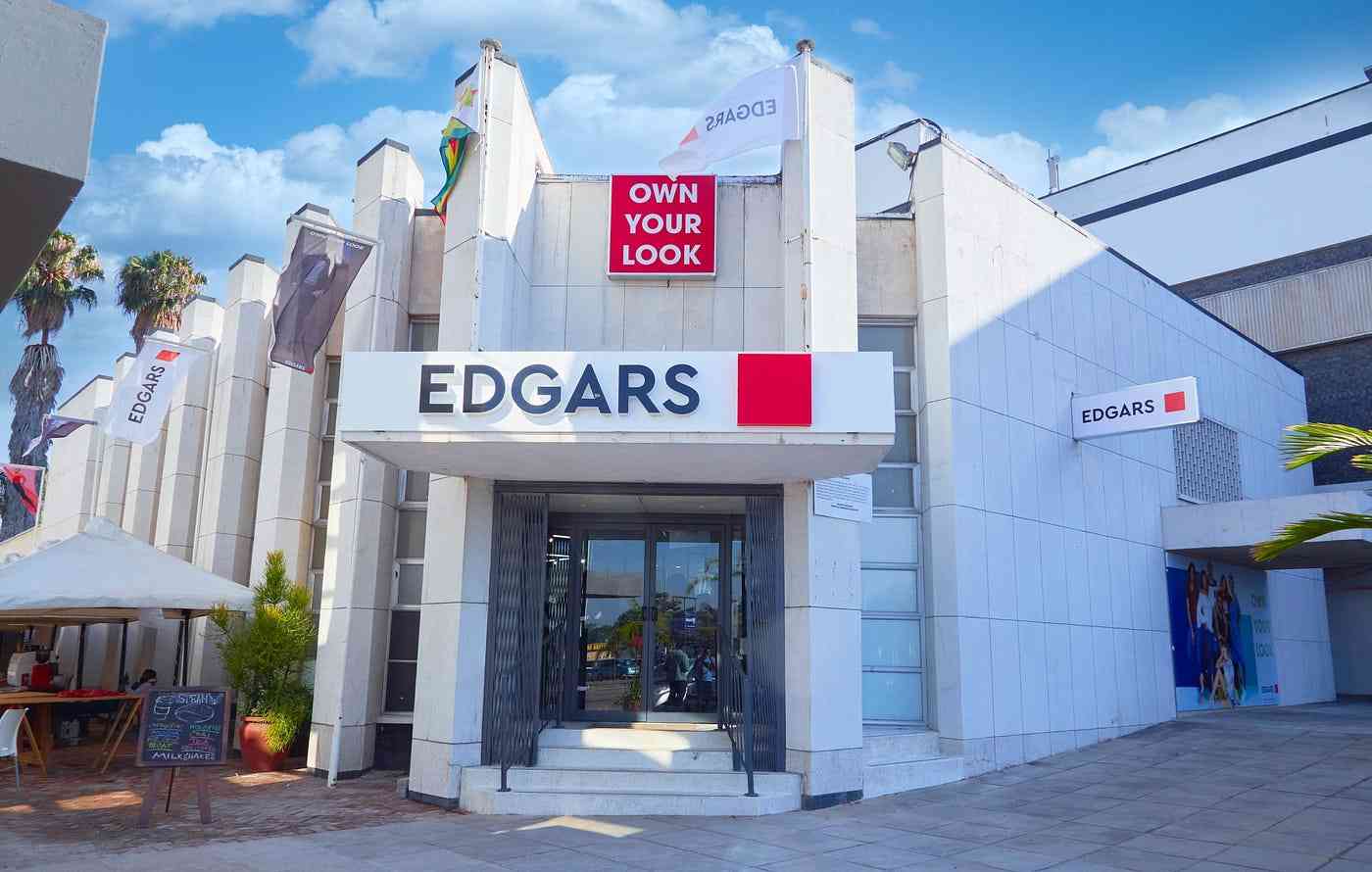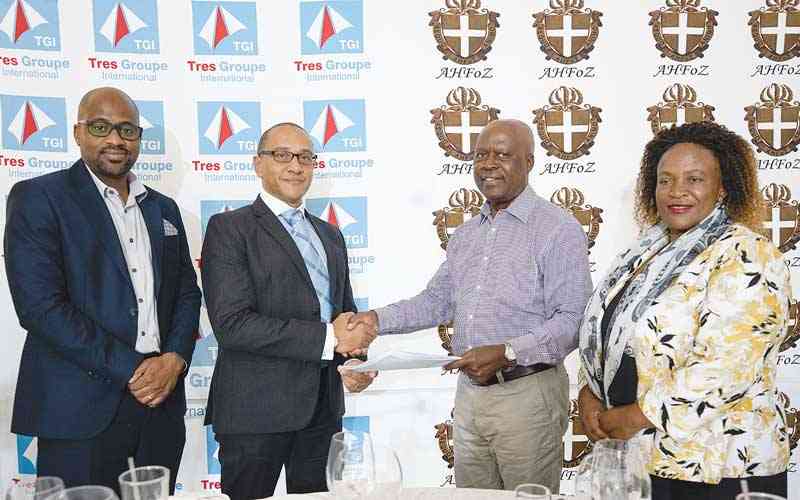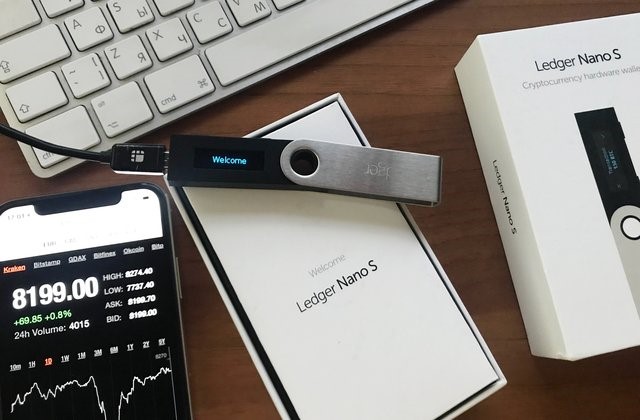
CLOTHING retailer, Edgars Stores Limited, has revealed that its customers are requesting longer tenures of nine months to pay for clothes, showing the continued struggles of affording formal clothing.
The shift in consumer behaviour reflects increased financial pressure among shoppers amid a challenging economic environment, headlined by shrinking disposable income and stagnant wages.
This has resulted in the second-hand clothing market becoming the preferred choice for consumers as they cannot afford formal wear. Formal retailers have introduced credit terms to woo consumers.
“The debtors’ book closed at the end of June flat against the prior year at US$10,4 million. Collections were higher than growth in credit sales for the first half of the year. Debtors’ collections were in line with expectations at 26,8%. The asset quality of the book shows a commendable recovery against the prior year,” Edgars' chief executive officer Sevious Mushosho, said in the firm’s trading update for the half year ended July 6, 2025.
“The asset quality has remained firm with 85,1% of the book in current status against 77,9% at the beginning of the year. Net debtors written off to lagged sales were at 1,75 % (2024: 2,5%) compared to the industry standard of 5%.
“The business is witnessing more customers opting for longer tenures of nine months to pay, compared to 6 months to pay, to enjoy lower monthly instalments. The business is pursuing opportunities to grow its debtors active account book.”
He said the group anticipated further growth opportunities on the back of an improvement in aggregate demand.
This demand is expected to be driven by the group continuing to expand its geographic footprint through the opening of new stores in strategic locations.
- Loans freeze unsettles Zim firms
- Loans freeze unsettles Zim firms
- Edgars Borrowdale relocates to bigger space
- Edgars Borrowdale relocates to bigger space
Keep Reading
“During the period, three Express Stores were added. A further seven Express Stores are targeted before the close of the FY2025 financial year,” Mushosho said.
“Revenues for the Express Chain are still relatively immaterial. The group will continue to utilise the Express Chain as its market expansion vehicle. In November 2024, we opened four stores to close the year with six stores.”
In the first half of the current year, three additional stores were added, namely, Rusape, Tynwald and Robert Mugabe, bringing the total to nine stores.
“Express Chain, aimed at servicing the low-income segment of the market, was opened, selling only in cash,” Mushosho said.
These stores offer new clothing items priced between US$1 and US$10, positioning Edgars to eat into the revenue of the robust second-hand clothing market.
Mushosho said the business would make further investments in back-up solar power to optimise operational costs, improve system uptime and customer experience.
“The segmented retail propositions of the group are being continually reviewed to ensure that the respective offerings effectively meet the needs and requirements of our customers,” he said.
He said opportunities had been identified where merchandise execution could be improved, or new emerging ones could be pursued.
“Smart merchandise procurement and optimal inventory planning remain key focus areas to ensure an optimal merchandise cycle that yields targeted margins, without compromising the merchandise quality,” Mushosho said.
“Flexible credit offerings will be maintained to stimulate increased spending. Management will further retool Carousel to underpin increased production and improve operational efficiencies to better support the retail chains.”
At the Carousel Manufacturing plant, units produced during the period under review increased by 40% to 185 000 from the comparative period last year.
“The factory continues with its cost-optimisation strategy by adopting the latest efficient production processes,” Mushosho said.
The group’s volume increased to 877 411 units this half year from 849 725 units in the 2024 comparative period.
Edgars Stores contributed 2% to this increase while the Express and Jet chains contributed 1% and 0,28%, respectively.
“Revenues for the Edgars Chain increased by 3% to US$7,9 million in the first half of the year, compared to a 6% decline recorded during the same period last year,” Mushosho said.










